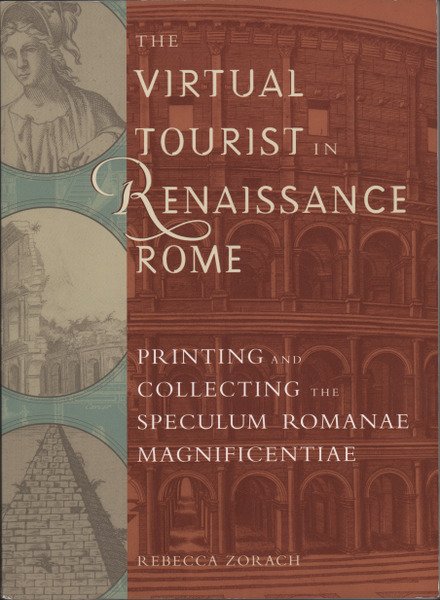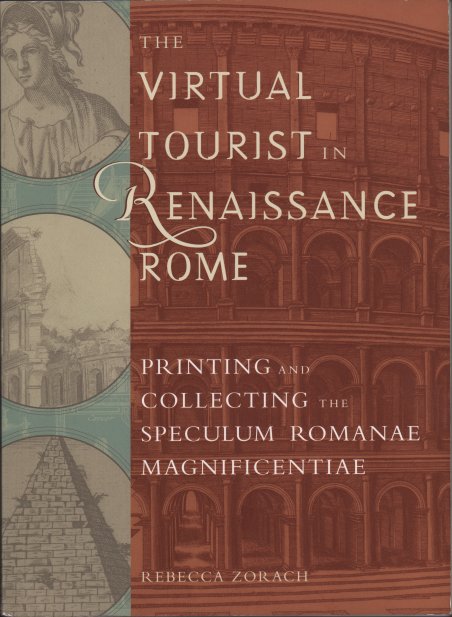Details
Description
Nel 1540 Antonio Lafreri, un nativo di Besançon trapiantato a Roma, iniziò a pubblicare mappe e altre immagini che rappresentavano i principali monumenti e antichità di Roma. Queste stampe di statue e paesaggi in rovina, iscrizioni, ornamenti e monumenti ricostruiti evocavano l'antica Roma e facevano appello al gusto per l'antichità classica, che definì il Rinascimento. Le collezioni di queste stampe furono conosciute come Speculum Romanae Magnificentiae, lo "Specchio della Magnificenza Romana". Pubblicato in concomitanza con una mostra dello Speculum Romanae Magnificentiae della Biblioteca dell'Università di Chicago, la più grande collezione del suo genere al mondo, The Virtual Tourist in Renaissance Rome colloca queste stampe nel loro contesto storico ed esamina la loro storia editoriale. L'editore Rebecca Zorach traccia il loro viaggio dai loro editori ai collezionisti, antiquari e commercianti "turisti virtuali" che, nel corso di diversi secoli, hanno rivisitato e reinventato l'immagine rinascimentale di Roma. Una meravigliosa esplorazione di una ricca collezione di incisioni e acqueforti. In 1540 Antonio Lafreri, a native of Besançon transplanted to Rome, began publishing maps and other printed images that depicted major monuments and antiquities in Rome. These prints—of statues and ruined landscapes, inscriptions and ornaments, reconstructed monuments and urban denizens—evoked ancient Rome and appealed to the taste for classical antiquity that defined the Renaissance. Collections of these prints came to be known as the Speculum Romanae Magnificentiae, the “Mirror of Roman Magnificence.” Published in conjunction with an exhibition of the University of Chicago Library’s Speculum Romanae Magnificentiae, the largest collection of its kind in the world, The Virtual Tourist in Renaissance Rome places these prints in their historical context and examines their publishing history. Editor Rebecca Zorach traces their journey from their creators and publishers to pilgrims, collectors, antiquarians, and dealers “virtual tourists” who, over several centuries, revisited and reinvented the Renaissance image of Rome. A marvelous exploration of a rich collection of engravings and etchings, this illustrated volume will fascinate anyone interested in Renaissance Rome, the history of print collecting, the reception of antiquity, and tourism. Cfr.


Find out how to use
Find out how to use

